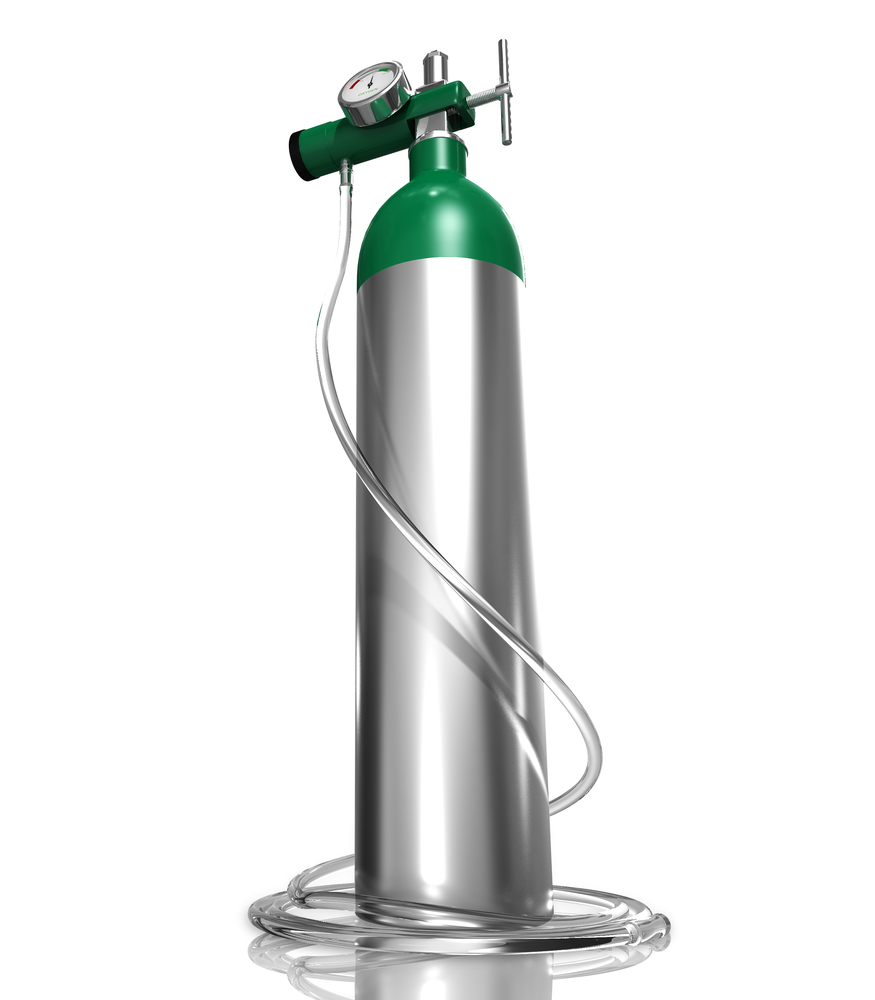
One of the most common concerns that patients with lung disease express is whether or not they need to use oxygen. This is an important question for many patients with PAH.
How Your Lungs Work with PAH
A quick review of basic physiology: air that we breathe travels through our airways down into the business part of our lungs (alveoli). These tiny air filled sacs allow oxygen to pass into the blood and carbon dioxide to move from the blood into the airways. The blood flowing through the lungs is pumped by the right side of the heart (right ventricle). As PAH progresses, the amount of small blood vessels that can facilitate oxygen movement decreases. This results in low levels of oxygen. Initially low oxygen levels may occur just with activity but for some patients this includes low oxygen levels at rest and when sleeping.
Oxygen Therapy
Oxygen therapy involves delivering supplemental oxygen through nasal cannulas into the airways that enriches the amount of oxygen reaching the alveoli (gas exchanging part of the lungs). As a result, more oxygen enters the blood and there is more oxygen to deliver to your body.
Pulse Oximeter Measurement
We measure your oxygen levels using a pulse oximeter. This device measures how much oxygen hemoglobin (the transport protein inside red cells) carries. The higher the saturation the more oxygen is being carried. In health, most people have oxygen saturation levels of 95-100%. Some patients feel short of breath when their oxygen levels drop and other patients feel no symptoms when their oxygen levels fall.
Insurance Coverage for Oxygen
We have almost no data guiding doctors as to what the target oxygen level should be for patients with PAH. Medicare and Insurance have set a saturation level of below 88-89% for reimbursement. This means that if you have an oxygen saturation above 89% then your insurance is not likely to pay for your oxygen therapy. This threshold is taken from a very old study involving patients with COPD (another type of chronic lung disease) and did not include patients with PAH. Nonetheless these are the rules and your doctor has no ability to change these guidelines.
Practical Oxygen Use in Daily Life
It would be very helpful if we had data that informed us what target we should be trying to reach for oxygen saturation goals in PAH patients. Unfortunately we have no such data. As a result, we rely on the data from COPD studies. In my practice, I offer oxygen therapy to patients who have oxygen saturations below 90% who have PAH. Many patients who only drop below this level by a few points when they are active probably don’t use their oxygen regularly. I start to more strongly encourage patients whose PAH is doing less well to get serious about using their oxygen when active. If my patients have resting saturation less than 90% or if they are below 90% when they sleep I encourage them to use oxygen.
Many patients initially struggle with using oxygen when outside the house. They feel self-conscious and delay using oxygen until they feel quite poorly. For some PAH patients, having persistently low oxygen levels can accelerate the progression of their PAH. (There are some PAH patients who have congenital heart disease where this does not apply). In patients whose PAH is worsened by low oxygen levels, I encourage them to use their oxygen regularly. Eventually my patients realized that they feel better when using their oxygen and can remain more active if they use their oxygen consistently. Using oxygen is like any other medication. When used properly it helps improve your health.
